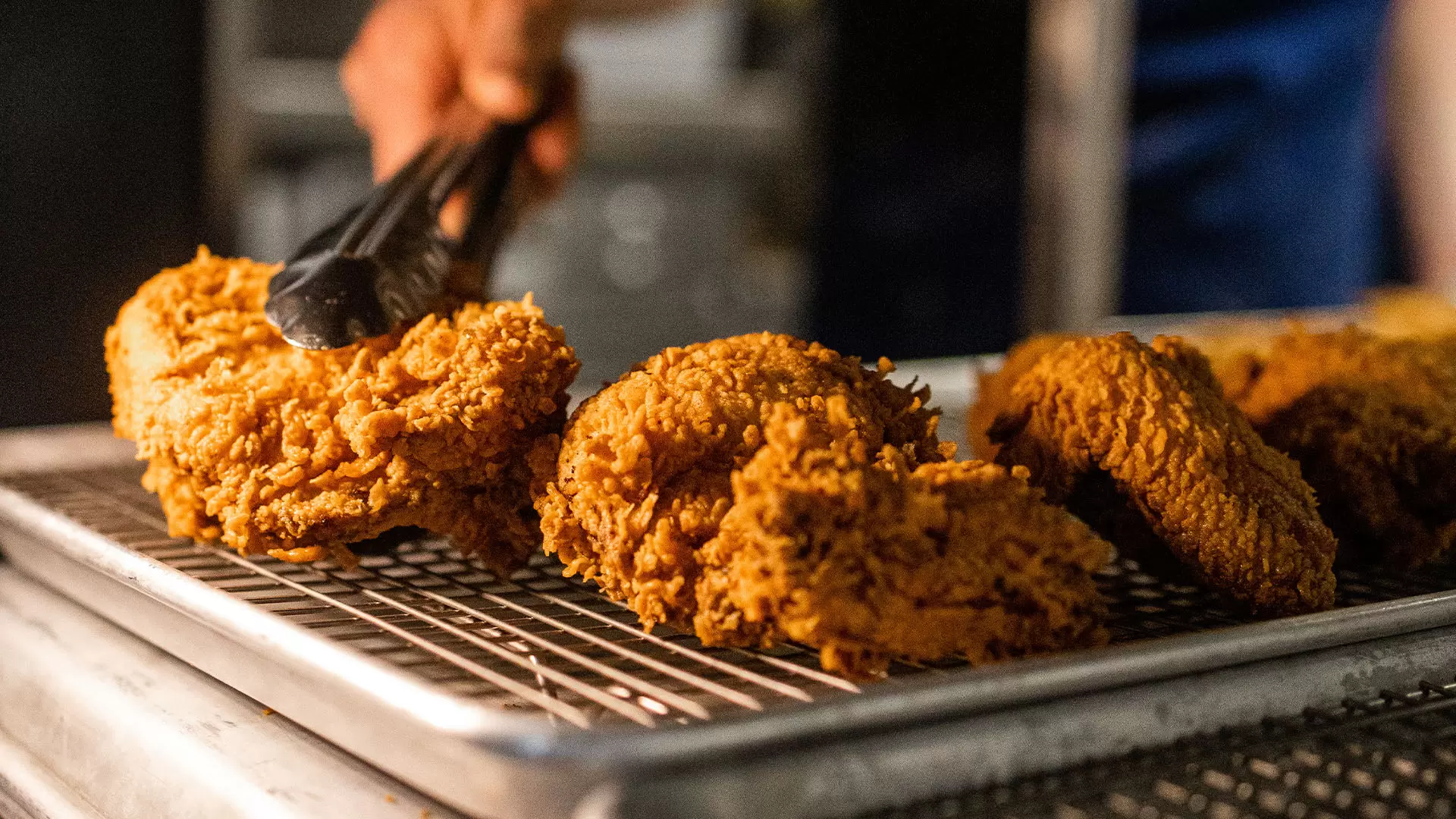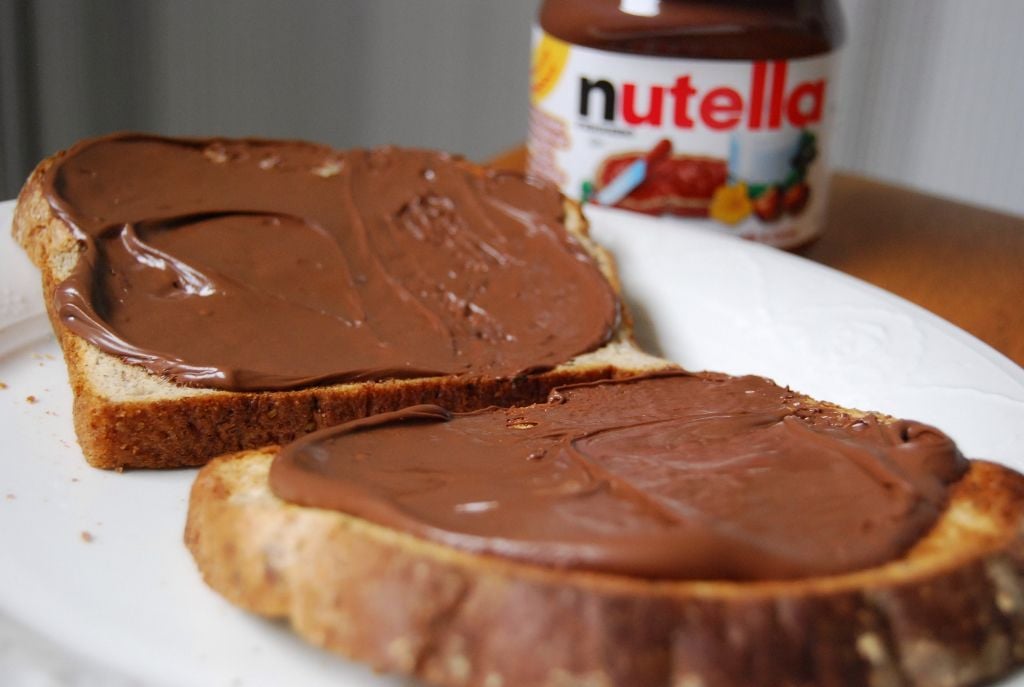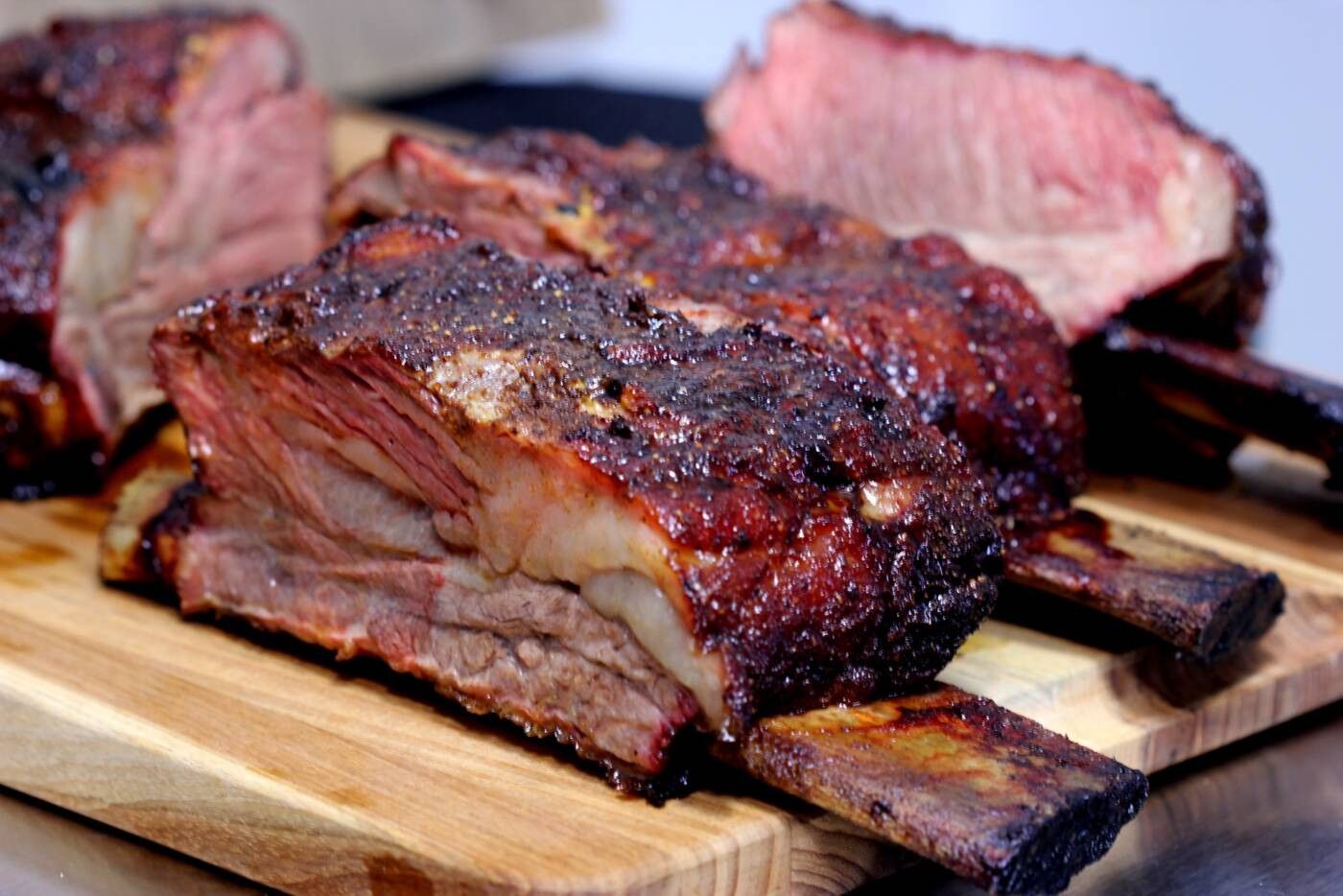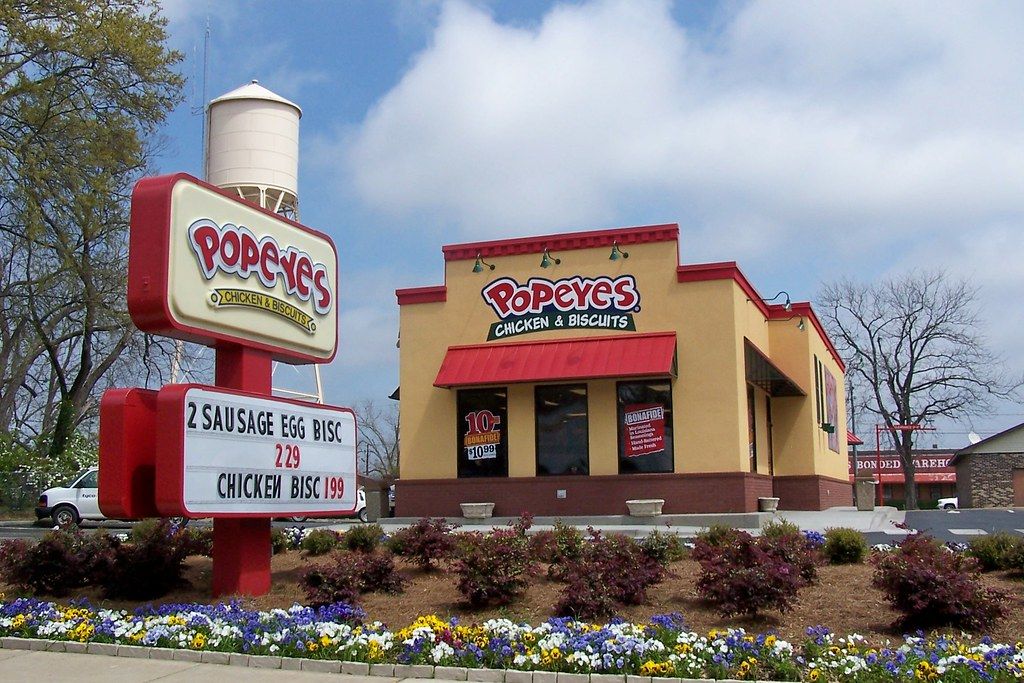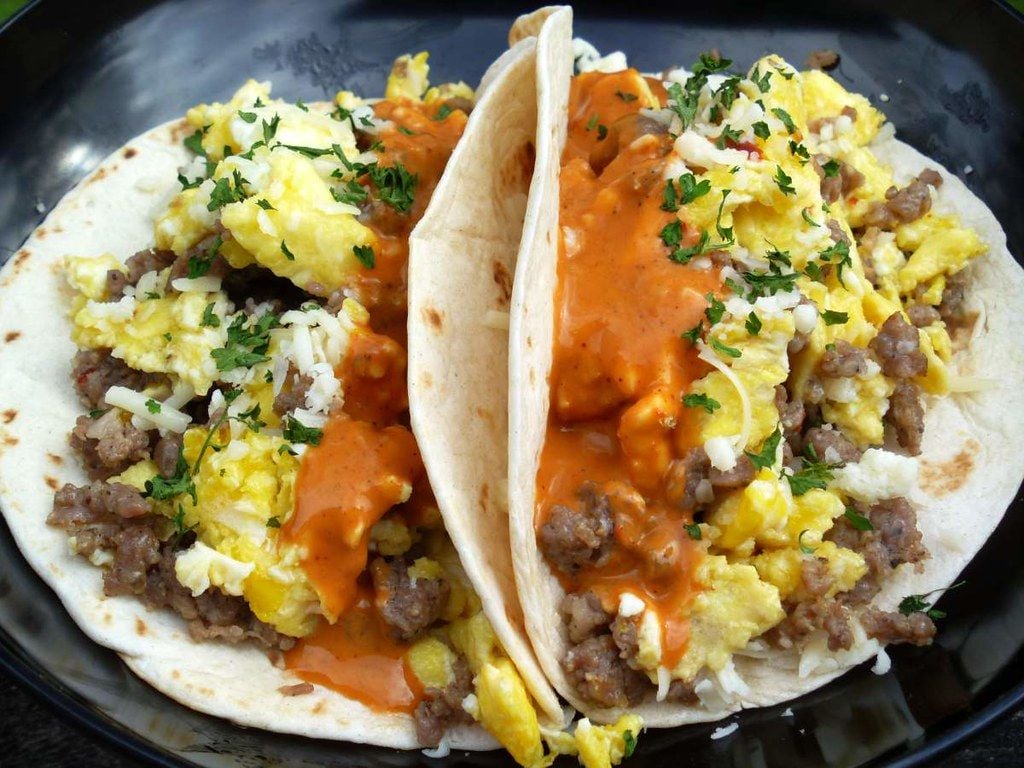
A New Approach to Selecting Sparkling Wine
- Jul 6, 2025
As an enthusiast of wines, it's common to repeatedly choose a familiar bottle of Prosecco. This might particularly be the case when one is preparing for a birthday, brunch or any other special occasion. You find yourself standing in a wine store, looking at an array of sparkling wine options that seem indistinguishable one from the other. Consequently, I usually opt to pick a Prosecco within the $15 to $20 price range.
However, repeating this pattern deprives you of the opportunies to explore a wide range of extraordinary sparkling wines that may even give a much value for the money. Anthony Giglio, a sommelier and wine director for the American Express Global Centurion Lounge, also contributing editor of Food & Wine, provides some insightful advice on how to discover a new bottle of wine, opportunities you might miss out, as well as possible mistakes you may be making.
"Champagne" not only refers to the region in France where the wine is made, but also the specific production process that gives a bottle of bubbly its classy name. As Giglio mentions, because of this, it is possible to come across Champagne-quality wines from other areas in France that won't necessarily break the bank. He suggests exploring sparkling wines from Bordeaux, Burgundy, and Alsace, which are prohibited from using the term "champagne" and therefore are referred to as 'crémant.' The word 'crémant' introduces you to a realm of Champagne-quality beverages from France.
"If you're looking to impress with a French bottle of wine, crémant offers an affordable option… Great crémant d’Alsaces can be obtained for as little as $16 or $18, while the crémant de Bourgogne could cost around $40," mentions Giglio.
Going against popular trends, Giglio encourages exploration beyond just "dry" wines. He points out that the sweetness in wines is often misconstrued. "Americans have a preference for dry wines, yet they do well with some slight sweetness," Giglio suggests. To find a good off-dry wine, simply request your retailer for one level up from dry.
When first trying Champagne, many are taken by surprise. Unlike Prosecco's crisp and light flavors, Champagne displays a richer palette with a robust body and complex flavors including hints of bread. Champagne, according to Giglio, shows a great deal of character.
Not to insinuate one wine is superior to the other as each has their appropriate occasion. However, for cocktail usage, Prosecco is usually the preferred choice. "When using sparkling wine in cocktails or breakfast beverages like mimosas, it's unnecessary to use expensive wines, unless you're extravagantly wealthy," Giglio advises. Prosecco's refreshing citrus flavors blend well with classic spritzes and sparkling cocktails. Naturally, food is a great companion to Champagne indicating the need for diverse options. When hosting your next brunch, if budget allows, multiple types of bubbly could be an excellent idea.

